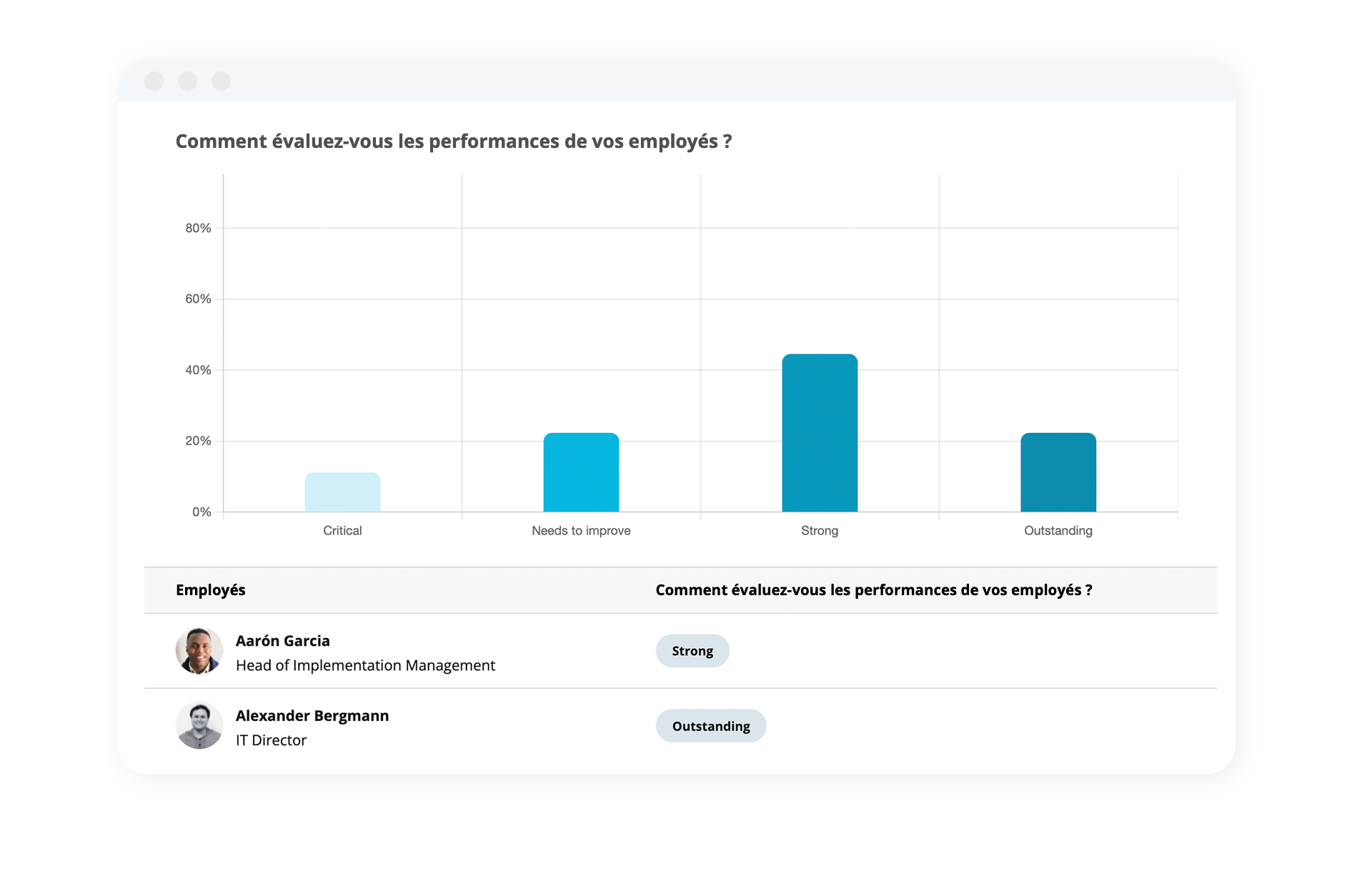How Can Informal Communication Methods Help HR?

Is your organization making the most of informal communication? Especially in times of increased remote work and less time in-office, this method of communication can help ensure that your employees are engaged, motivated, and happy at work.
In an HR context, making the most of informal communication, and playing a role in actively facilitating it, can benefit your entire organization. In this article, we will introduce the concept, what sets it apart from its more formal alternative, and how HR professionals can use it to benefit their teams today.
Communication helps define culture. Download our guide to corporate culture today.Contents
- 1What Is Informal Communication In The Workplace?
- 2Are There Different Types of Informal Communication?
- 3What Role Does Informal Communication Play Between Employees?
- 4Can Informal Communication Be Used For Disciplinary Measures?
- 5Does Informal Communication Have Drawbacks?
- 6How Can HR Encourage Positive Communication at Work?
- 7More Time For People Processes
What Is Informal Communication In The Workplace?
Compared to formal communication, informal communication is defined by exchanges within a company that are not beholden to a standardized format. Think of these exchanges as a quick conversation at the coffee machine, a passing word or two with another employee, or an impromptu brainstorming session between teams.
In short, we can think of informal communication at work as the casual exchange of ideas or opinions that helps foster relationships between employees. This is true no matter their position, department, or role in the company. Ultimately, while informal communication can occur within a formalized process, it is no way bound to it.
On the other hand, when we think of formal communication some typical scenarios come to mind. These include:
Staff appraisals
Disciplinary meetings
Exit interviews
Each of these situations, and many more, can (and, in most instances, should) incorporate elements of informal communication to get the most out of employees. In that sense, we can think of informal communication both as a method and an asset for companies to use and benefit from.
Are There Different Types of Informal Communication?
Much like there are many different kinds of formal communication, there are also a variety of informal communication types. Compared to formal communications, these are a bit more ambiguous. But, they can be understood as such:
Peer-to-Peer: Two colleagues having a quick, casual chat.
Peer-to-Group: A group of colleagues chatting over lunch, for example.
Peer-to-Organization: Colleagues chatting and sharing information with others.
All of these types of informal communication are defined by how information flows. Therefore, it is not necessarily about the standing of the employee or what position they occupy, but the context in which the interaction occurs.
This, in turn, informs how informal communication can be used in a more productive fashion. This is especially important for HR when it comes to facilitating these kinds of exchanges (who is involved and what happens).
Less Paperwork, More People Work

Make time for more strategic, people-focused HR thanks to seamless core processes.
Book Your Demo TodayWhat Role Does Informal Communication Play Between Employees?
First, we have to consider informal communication as an essential element of relationship building at work. No matter who it is between, it helps to establish and strengthen social connections between employees of all kinds. That is why it can be so powerful because it unites people.
It is also for this reason that informal communication can have a positive (and potentially negative) effect on:
Engagement
Motivation
Retention
This is true in both a peer-to-peer sense, as well as informal communication used between management and employees. That is why informal communication can, and should, be used in more formal situations (or, as a prelude to formal communication).
Can Informal Communication Be Used For Disciplinary Measures?
Let's take a moment to bring this idea to life. For example, during a potential disciplinary measure. If an employee is continually coming in late to work, a first, more informal, step would be to have a quick conversation identifying their pattern of behaviour and identifying why it should change.
If the employee corrects their behaviour, we used to a casual conversation to get our desired result. The employee also did not feel attacked or threatened and it avoided a perhaps unnecessary disciplinary meeting.
Templates For Better Performance Reviews

Interested in getting the most out of your next performance review? Use these templates to help ensure your processes, and your employee development, are firing on all cylinders.
Download NowDoes Informal Communication Have Drawbacks?
Of course, this kind of communication does not come without its own share of drawbacks. This is often referred to as the ‘grapevine,’ where information is communicated and disseminated between employees.
We can think of the grapevine as a ‘conversation starter’ for employees. Something they can chat about at work, like a recent development, a client or customer, or a process that has recently been introduced or a change being made.
According to one study from the Institute for Public Relations, between 75% to 90% of information shared ‘through the grapevine’ is correct. That said, even 10-25% inaccurate information is too much for a functioning organization.
It is also important to know that informal conversations are far more effective when contextualized by formal communication. Formal communication processes offer structure and guidance, and without them, actions may lag or never get done.
So, while being informal can serve as an element of formal communication, it should not take its place. This would likely result in a great deal of administrative chaos and a less reliable or consistent source of company information.
How Can HR Encourage Positive Communication at Work?
Informal communication can be a huge benefit to a company because it promotes transparency amongst teams and departments, helps employees build rapport with one another while connecting employees to the company.
Especially in the era of remote work, this is essential, and it is where HR can play a key role. When people are working from home, they lose a great deal of the informal communication opportunities they would find at work.
This could be a casual chat at the coffee machine, sharing lunch with coworkers, or simply being able to turn to a coworker at their desk to ask for their thoughts on something. Therefore, HR can promote communication by helping to digitally facilitate these discussions.
Employees could have access to digital co-working sessions, coffee breaks, or feedback sessions where they can share what they are working on. This could be random, with specific coworkers, but it should ultimately be encouraged by HR.
This essentially gives employees permission to reach out to one another and to engage in a way that is almost as random as a chance encounter at the coffee machine. It allows informal communication to flourish accordingly.
More Time For People Processes
Before HR can help support employees, they need to find the time to focus on strategic HR initiatives just like these. Corporate culture should be a massive area of focus for HR, but first, they need to find the time.
Learn a bit more about Personio, our product, and how we can help streamline your administrative HR tasks. This way, you can help your HR department unlock the time they require to help people get even better at what they do, as a team.

